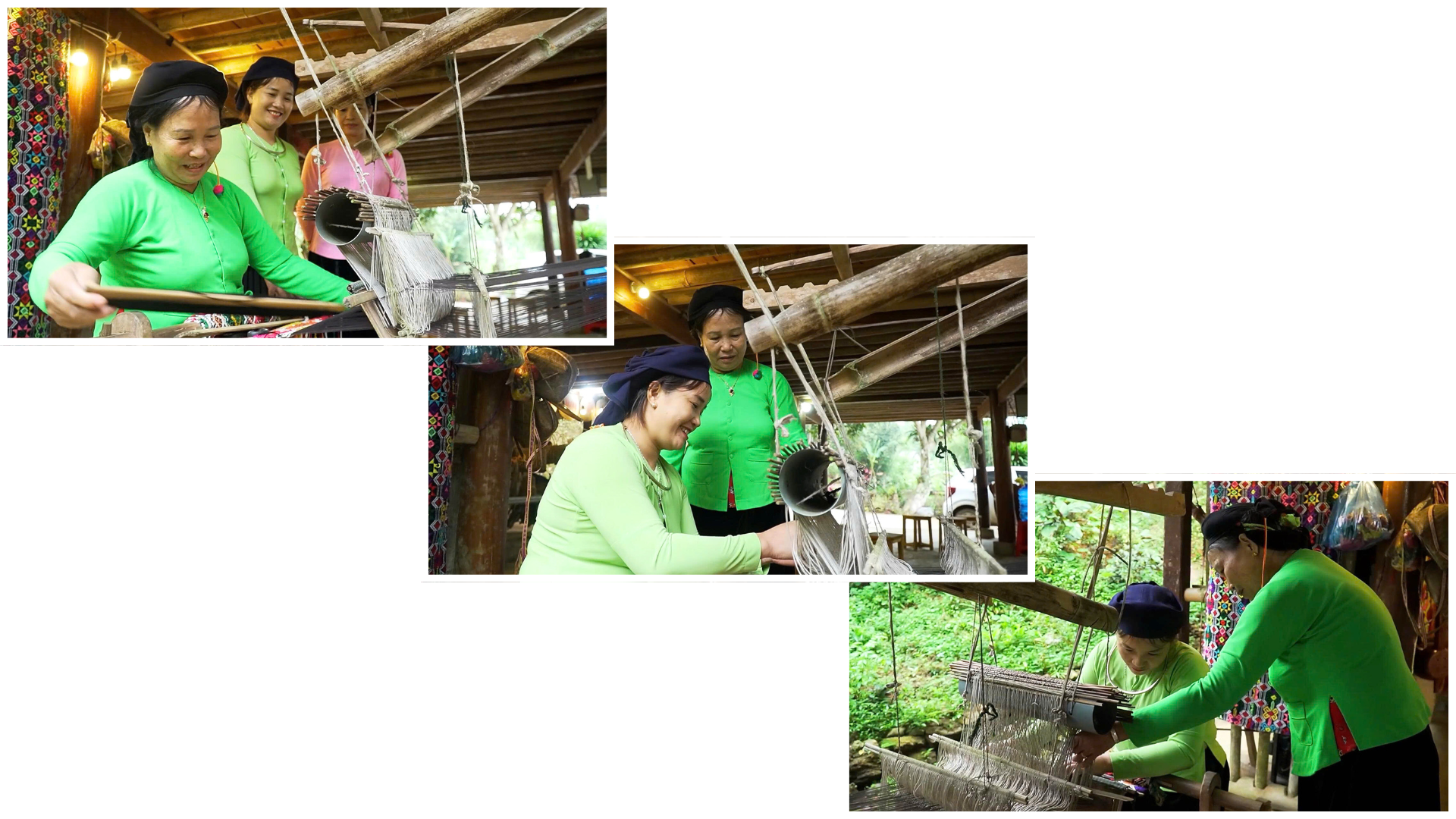
In Na Khuong village, Nghia Do commune ( Lao Cai province), the simple wooden loom has been with Mrs. Nguyen Thi San for decades of her life. Having been involved in weaving since childhood, she now meticulously teaches her children and grandchildren each shuttle and weaving stitch. Each sound of the loom, each thread, each flower pattern is a part of the soul of the Tay people that continues to be nurtured.
A person who knows how to preserve the traditions of his people must first pass them on to his children. I am very proud to have taught my children to weave skillfully. Preserving the craft is also preserving the identity of my people.
For the Tay people, women must know how to embroider, sew, and weave brocade before getting married. These tasks are not only skills but also pride, a cultural color conveyed through each thread of fabric and each traditional pattern.
"My mother is an artisan. She taught me since I was little, so I understand the value of the profession. Now I teach my daughter to continue, so that our Tay culture will not be lost" - Ms. Hoang Thi Sao, Ms. San's daughter, emotionally shared.
Thus, through each generation, each skillful hand, the brocade fabrics become living heritage, clear evidence of cultural continuity within the family.
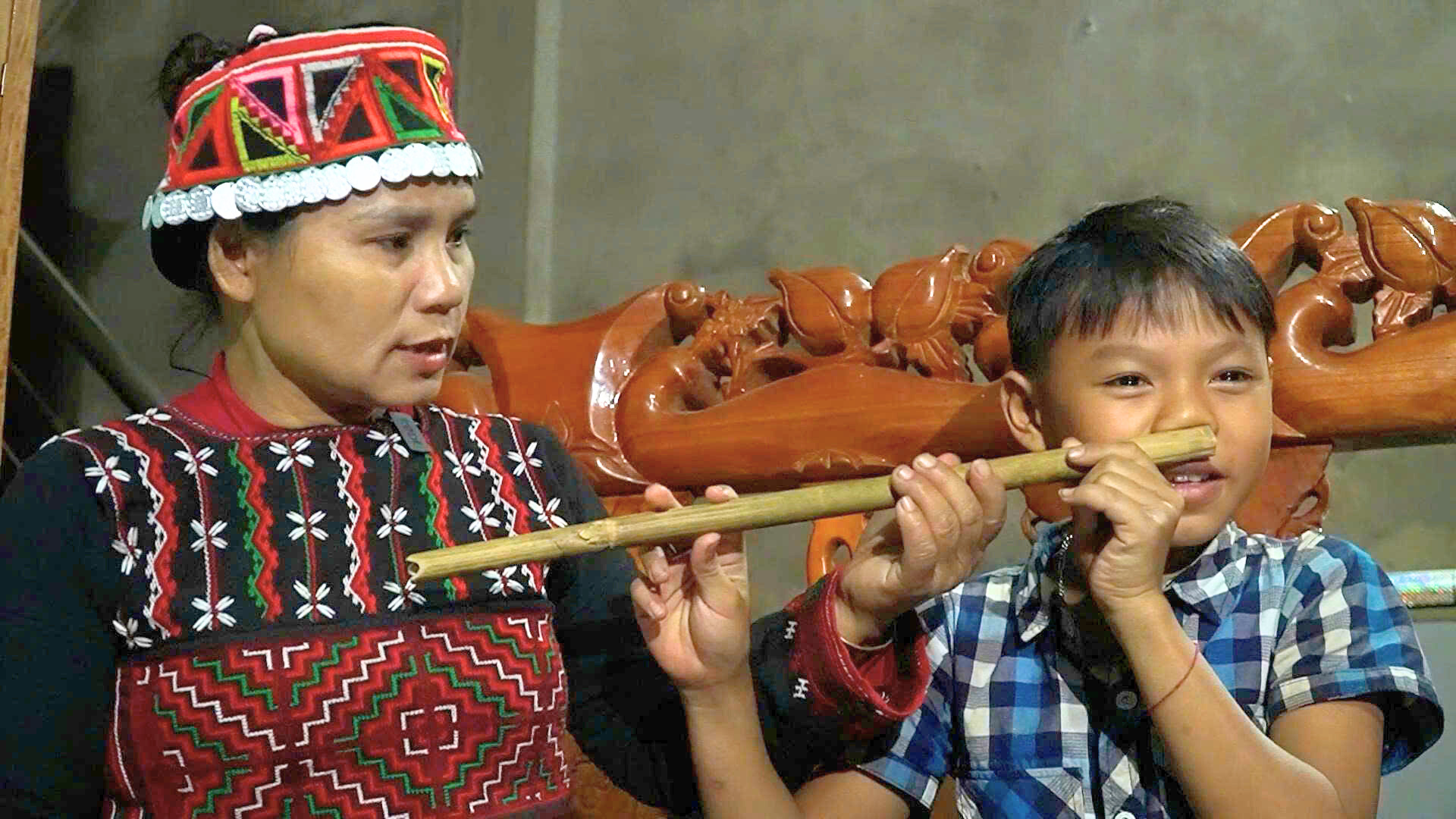
In Van Ban commune, the sound of the cuc ke flute - a traditional musical instrument of the Xa Pho people - still resounds regularly in the mountains and forests. For the people here, the flute is not only an artistic sound but also a way for people to talk to the earth and sky, a love song, and a prayer for a bountiful harvest.
For many years now, Ms. Pham Thi Cuc in Khe Nhoi village has been tirelessly teaching her children and grandchildren to play the flute. Although the children’s flute sounds are not yet perfect, for her, it is a valuable first step.
The children's flute playing is not good yet but I feel excited. As long as we love and preserve it, our national identity will not be lost.
The flute's sound resonates from the heart, inspiring the next generation to love national culture from the smallest things.
The family is the place to preserve and promote traditional cultural values, an important environment for the formation, nurturing and education of human personality. Therefore, to promote the role of the family institution in transmitting the good cultural traits of each ethnic group and passing them on to future generations, each family member must regularly care, practice and educate the cultural traditions of their ethnic group such as language, writing; traditional costumes, cuisine; customs, marriage...
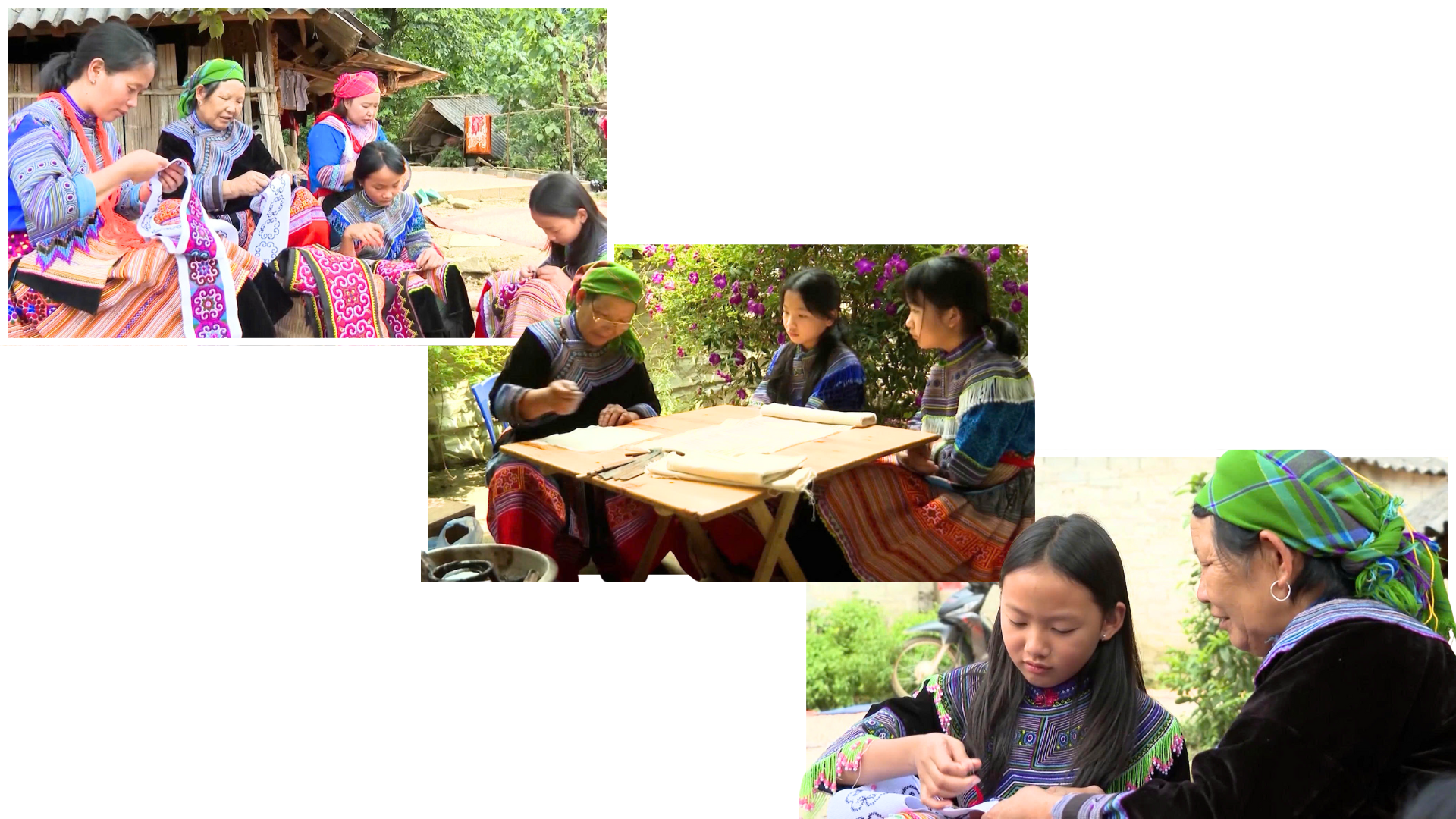
The Mong people have always respected their traditional clothing. When they are alive or when they return to their ancestors, they must bring that costume with them. I learned from my mother, and now I teach my children so that they will also know how to respect their roots.
Vu Seo Seng from Bac Ha commune has just finished 5th grade and has learned to dance with the Khen from his father. He said he wants to dance better and learn the Khen songs of his ancestors to preserve the culture of the Mong people. At such a young age, the willingness to learn and continue the tradition is something that makes everyone moved and hopeful.
Each family's interest in performing rituals on holidays and participating in community cultural activities makes the values of truth, goodness and beauty naturally transmitted, contributing to the formation and development of personality; preserving and transmitting ethnic culture from generation to generation. Many Ha Nhi families in Y Ty have effectively developed community tourism by promoting the beauty of ethnic culture and developing heritage into assets.
In the rammed earth houses, grandparents and parents make traditional dishes, teach handicrafts, and children film videos and take photos to promote tourism. The whole family participates, each person doing a job, together preserving and spreading the identity. Thanks to that, life is improved and the cultural bond in each family is even stronger.
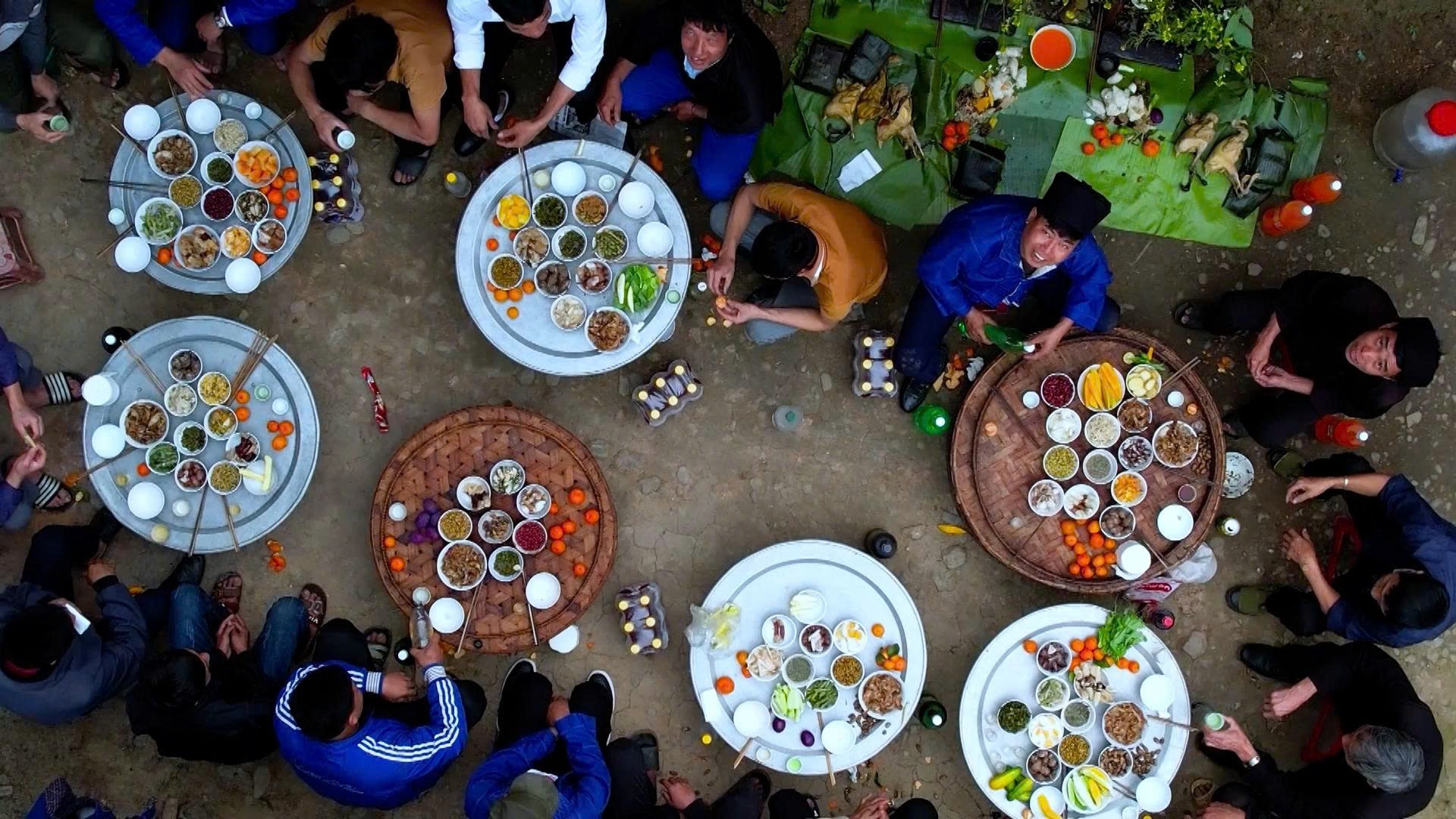
Family is the first and closest social institution. The stories of Mrs. San, Ms. Cuc, Ms. Mo or Ms. Seng… are living proof of the transmission of culture from one generation to the next. Culture does not only exist in museums and books, but is preserved in daily life, in every way of life, in every word and speech, in the love of grandparents and parents for their children and grandchildren.
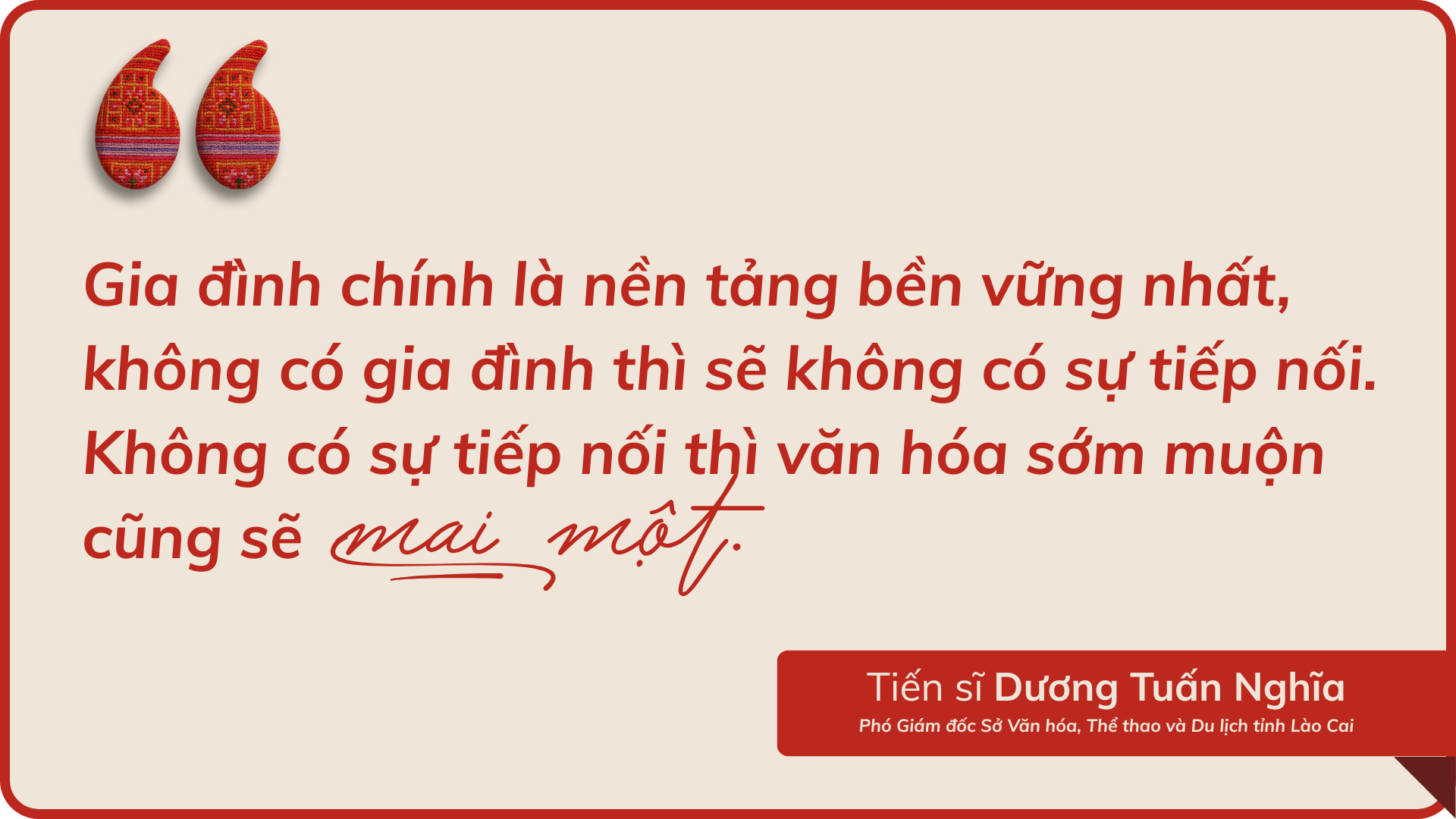
In recent times, all levels and sectors of Lao Cai province have promoted propaganda and effectively integrated national target programs with the work of preserving national culture associated with building cultural families. Thanks to that, the source of culture has been sustainably maintained and spread widely in every house, every hamlet and village.
Preserving and promoting national culture cannot be separated from the role of the family. Starting from small things such as maintaining lifestyle, language, costumes, rituals... the family is the place where cultural quintessence originates, nurtures and spreads. That is also the strength for traditional national culture to last and continue with the times, creating a colorful picture, rich in identity of the Vietnamese ethnic community in the border of the Fatherland.
Source: https://baolaocai.vn/giu-lua-van-hoa-tu-trong-moi-nep-nha-post648674.html








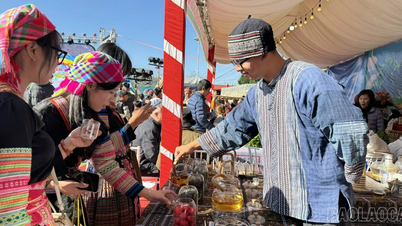
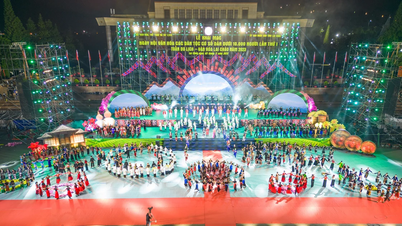

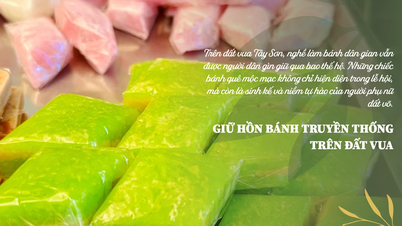


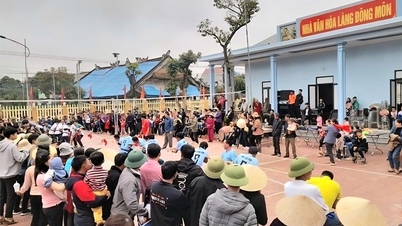



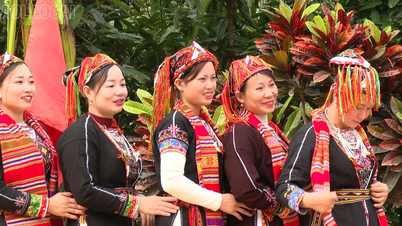
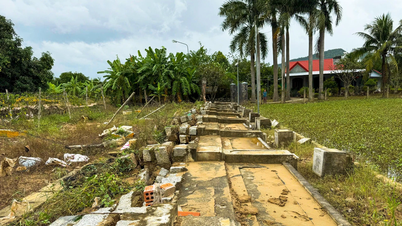

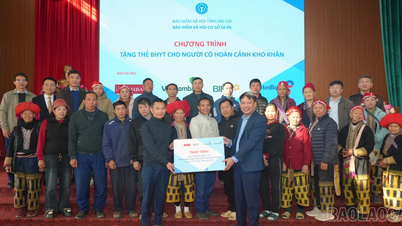









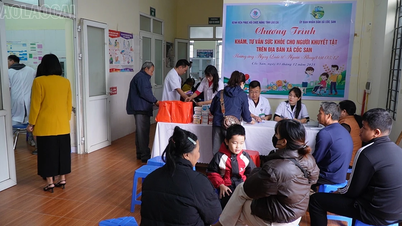

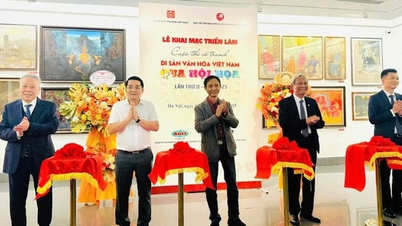
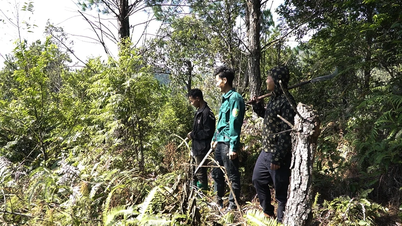


![[Photo] Parade to celebrate the 50th anniversary of Laos' National Day](/_next/image?url=https%3A%2F%2Fvphoto.vietnam.vn%2Fthumb%2F1200x675%2Fvietnam%2Fresource%2FIMAGE%2F2025%2F12%2F02%2F1764691918289_ndo_br_0-jpg.webp&w=3840&q=75)
![[Photo] Worshiping the Tuyet Son statue - a nearly 400-year-old treasure at Keo Pagoda](/_next/image?url=https%3A%2F%2Fvphoto.vietnam.vn%2Fthumb%2F1200x675%2Fvietnam%2Fresource%2FIMAGE%2F2025%2F12%2F02%2F1764679323086_ndo_br_tempimageomw0hi-4884-jpg.webp&w=3840&q=75)
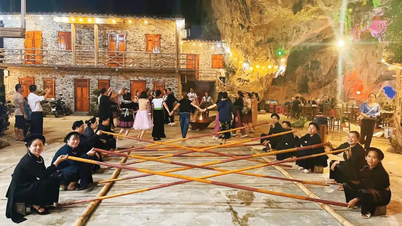



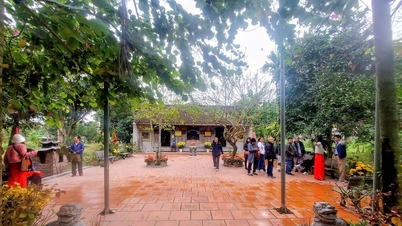





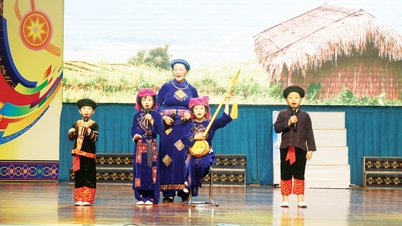





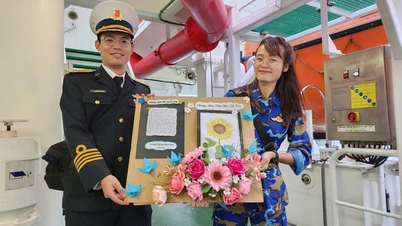


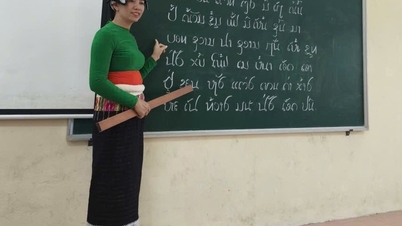

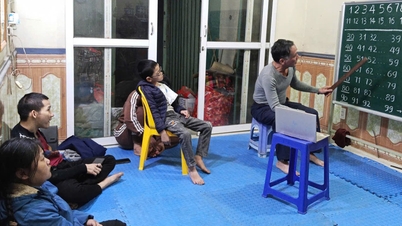

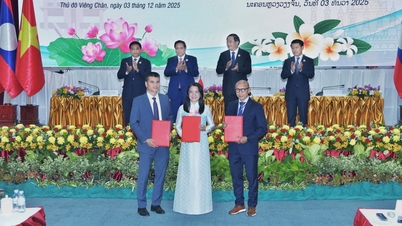






























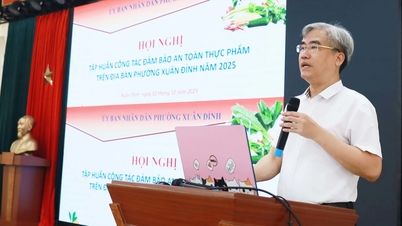


















Comment (0)